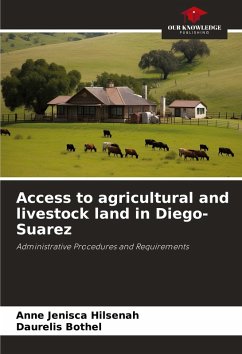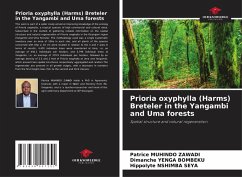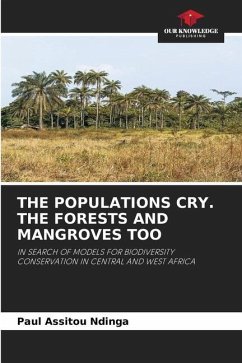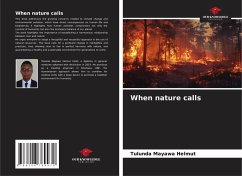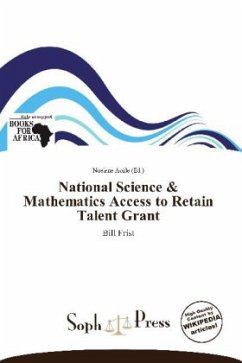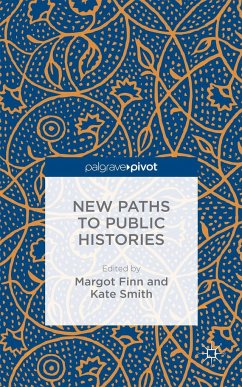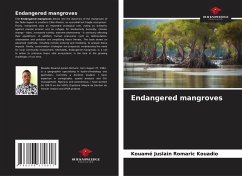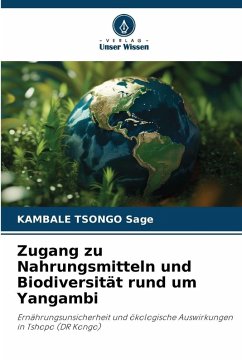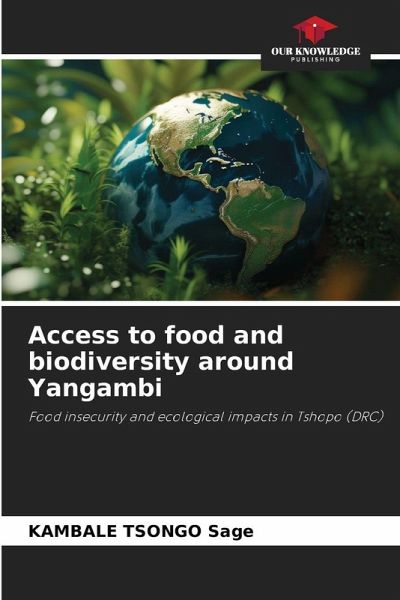
Access to food and biodiversity around Yangambi
Food insecurity and ecological impacts in Tshopo (DRC)
Versandkostenfrei!
Versandfertig in 6-10 Tagen
29,99 €
inkl. MwSt.

PAYBACK Punkte
15 °P sammeln!
The Democratic Republic of Congo (DRC) is a Central African country whose population was estimated at over 100 million in 2018, three quarters of whom live below the poverty line. Like most Central African countries, the DRC's population is heavily dependent on forest resources for survival, resulting in soil degradation and natural vegetation, as well as habitat fragmentation and deforestation (FAO, 2019). In addition, natural resources face numerous anthropogenic pressures, with the impact of declining biodiversity and negative effects on food security. It is within this framework that this ...
The Democratic Republic of Congo (DRC) is a Central African country whose population was estimated at over 100 million in 2018, three quarters of whom live below the poverty line. Like most Central African countries, the DRC's population is heavily dependent on forest resources for survival, resulting in soil degradation and natural vegetation, as well as habitat fragmentation and deforestation (FAO, 2019). In addition, natural resources face numerous anthropogenic pressures, with the impact of declining biodiversity and negative effects on food security. It is within this framework that this research focuses on Access to food, food fragility and its impact on biodiversity conservation, of inhabitants close to the Yangambi biosphere reserve in the tshopo province of DR Congo. Our main objective was to determine the food accessibility and fragility of the population living near the Yangambi Biosphere Reserve.




